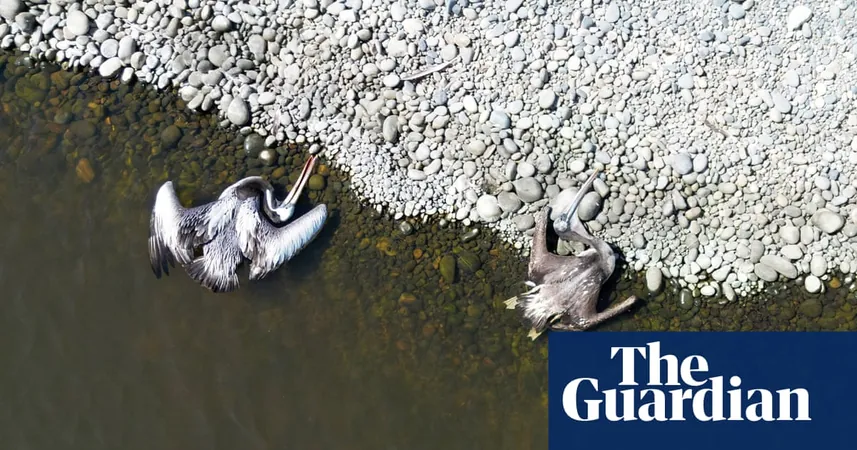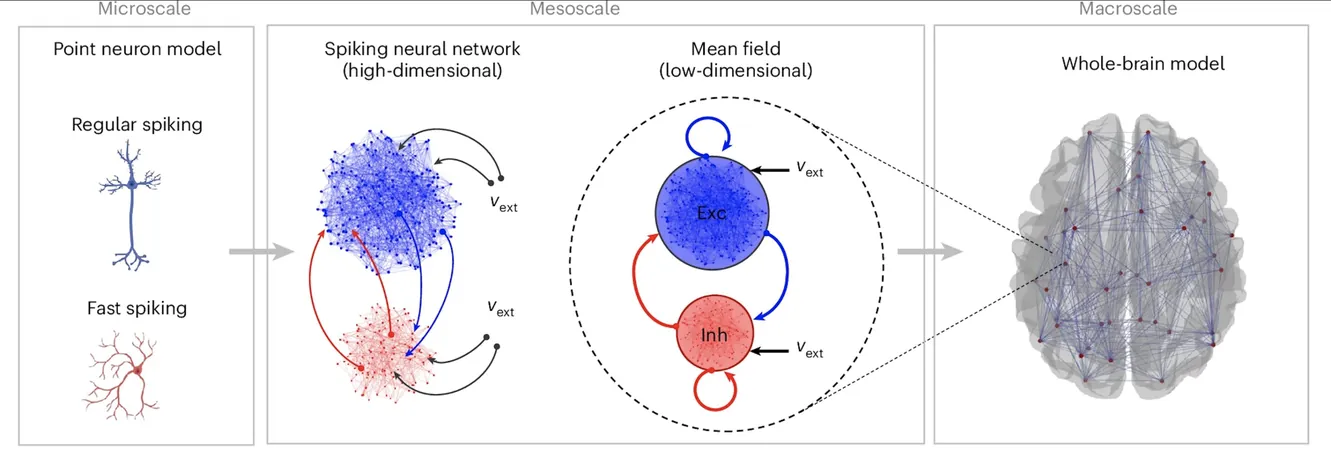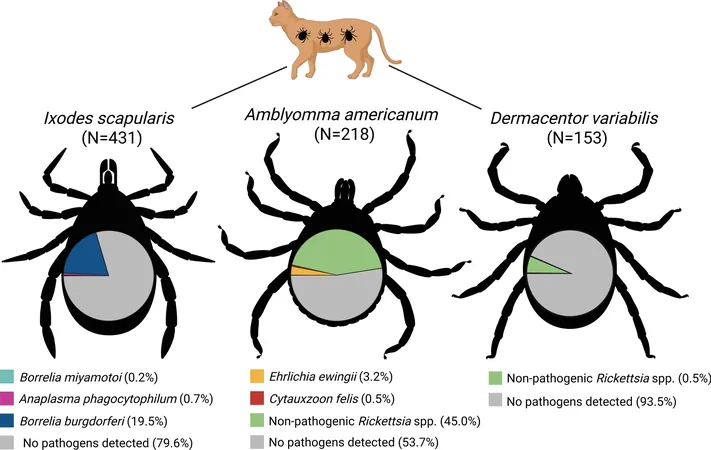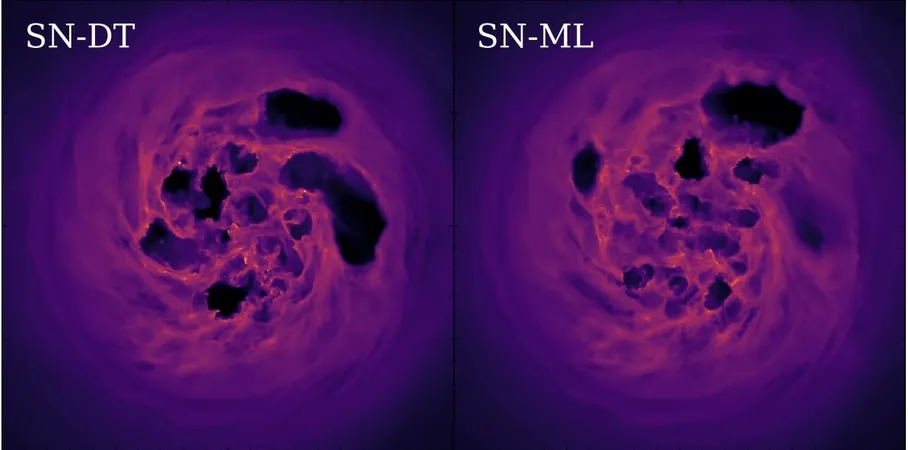
The Rise of Panzootics: Are We on the Precipice of a Global Health Catastrophe?
2025-01-15
Author: Wei Ling
Introduction
The alarming spread of highly pathogenic bird flu, known scientifically as H5N1, has ignited a wave of concern among scientists, who are now warning that we may be entering an era defined by "panzootics" – disease outbreaks that leap across species boundaries and can decimate populations across the animal kingdom, including humans. This unprecedented threat has already been felt across various dairy farms, where multiple human infections have been reported among farm workers. Tragically, the first death in the U.S. attributed to this strain occurred last week, signaling the urgency of the situation.
Defining Panzootics
Experts are increasingly cautious, with some, like Prof. Janet Daly from the University of Nottingham, labeling H5N1 a "panzootic." This term, derived from Greek meaning "all animals," is reserved for infections that can indiscriminately jump from species to species, causing widespread mortality. Prof. Daly notes, "We haven’t tended to have this combination of traits before, where a virus is capable of infecting a broad range of animals and causing massive outbreaks – making it incredibly unpredictable."
Consequences for Wildlife
Across the globe, catastrophic die-offs have already been observed, with millions of wild birds lost to bird flu, alongside the tragic loss of more than 20,000 South American sea lions and 17,000 southern elephant seal pups in just one season. "That’s equivalent to 96% of all pups born in Argentina this year," warns experts highlighting the unprecedented impact of this outbreak on biodiversity.
Human Health Implications
The implications for human health are dire. Health authorities from the UN have dubbed the risk of human transmission an "enormous concern." There have been approximately 66 confirmed cases of bird flu among humans in the U.S. since March of last year, primarily linked to exposure to backyard or wild birds, though these have mostly been mild. Experts are monitoring this situation closely since there is currently no evidence of human-to-human transmission.
Emerging Disease Transmission
Alarmingly, research suggests that three-quarters of emerging diseases can be transmitted between animals and humans, making the surveillance of these diseases critical. Some argue that the Covid-19 pandemic itself could also be classified as a panzootic, having infected over 58 non-human species, although it does not spread among these species efficiently.
Contributing Factors
Michelle Wille, a senior research fellow at the Centre for Pathogen Genomics at the University of Melbourne, emphasizes that most human viruses are zoonotic, meaning they originate from animals. "Why are these outbreaks becoming more common? It's largely due to our encroachment on wildlife habitats," explains Mark Honigsbaum, medical historian and author of "Pandemic Century."
Human Impact on Wildlife
Industrialized farming practices, deforestation, and climate change are amplifying these risks. Human activities have altered over 70% of the world’s land surface, leading to greater interactions between humans and wildlife. As climate conditions shift, vectors like mosquitoes and ticks are expanding their ranges, increasing the likelihood of disease spillovers.
The Future Outlook
The conclusion drawn by researchers is stark: the more pathogens in animal populations, the higher the risk of transmission to humans. Hutchinson points out, "We will see more outbreaks, and it’s only a matter of time before one leads to another pandemic." However, there is a glimmer of hope. With improved understanding of these diseases, experts believe we can take steps to mitigate the risks and potentially prevent future outbreaks.
Conclusion
In this period of uncertainty, further exploration into panzootics could lead to vital policy changes, enhancing our preparedness and response strategies to protect both wildlife and human health. As we stand at this crucial juncture, the question remains: Are we truly ready to confront the impending threat of panzootics?




 Brasil (PT)
Brasil (PT)
 Canada (EN)
Canada (EN)
 Chile (ES)
Chile (ES)
 Česko (CS)
Česko (CS)
 대한민국 (KO)
대한민국 (KO)
 España (ES)
España (ES)
 France (FR)
France (FR)
 Hong Kong (EN)
Hong Kong (EN)
 Italia (IT)
Italia (IT)
 日本 (JA)
日本 (JA)
 Magyarország (HU)
Magyarország (HU)
 Norge (NO)
Norge (NO)
 Polska (PL)
Polska (PL)
 Schweiz (DE)
Schweiz (DE)
 Singapore (EN)
Singapore (EN)
 Sverige (SV)
Sverige (SV)
 Suomi (FI)
Suomi (FI)
 Türkiye (TR)
Türkiye (TR)
 الإمارات العربية المتحدة (AR)
الإمارات العربية المتحدة (AR)